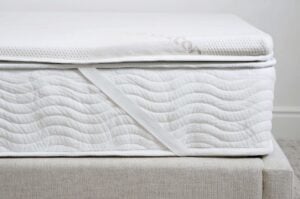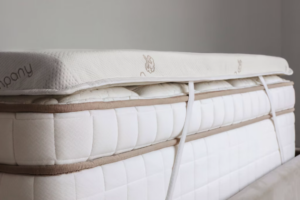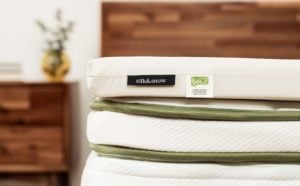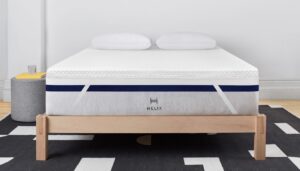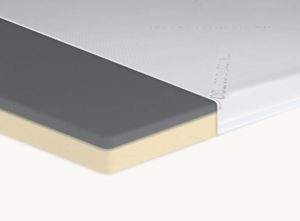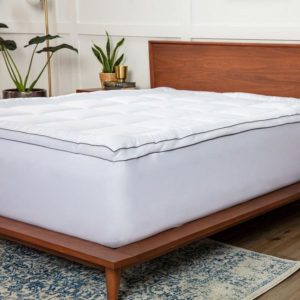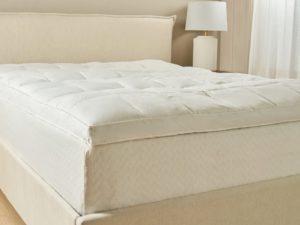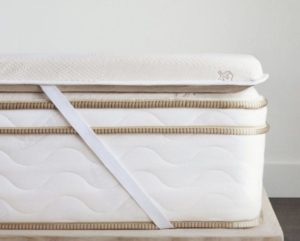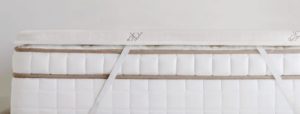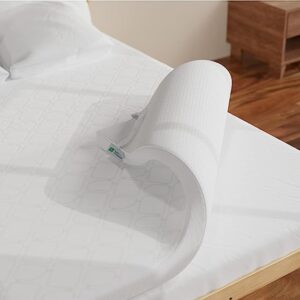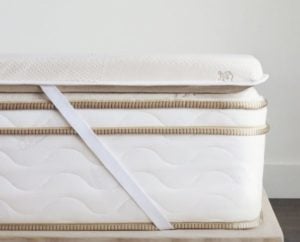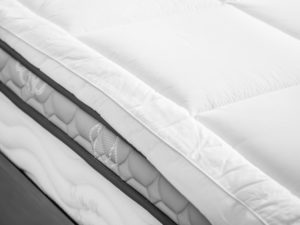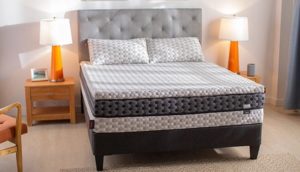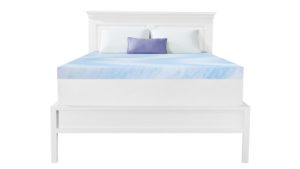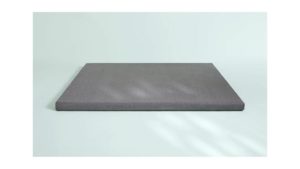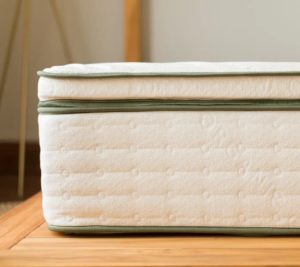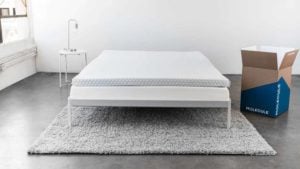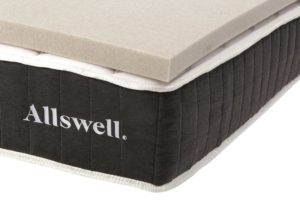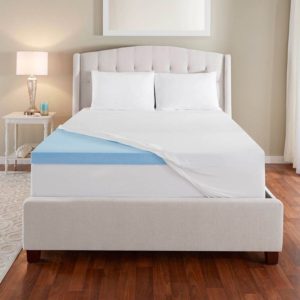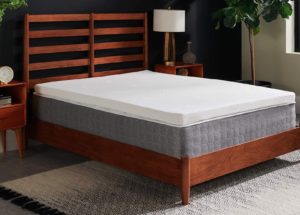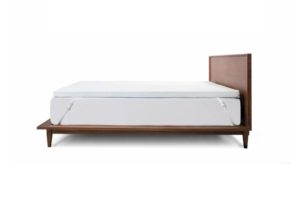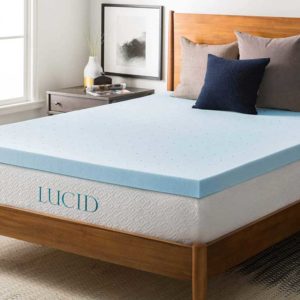How to Keep Your Mattress Topper From Sliding
Using a mattress topper can be a simple way to adjust the firmness of your mattress’ surface. Mattress toppers are designed to make your mattress firmer or to create an extra layer of pressure relief, which can particularly benefit side sleepers. Mattress toppers can also extend the lifespan of older mattresses. This can be a good short-term solution for sleepers who are not ready to purchase a new mattress, although they should note that a topper is only a temporary solution.
As useful as mattress toppers can be, many sleepers struggle to keep their mattress topper from sliding in bed. If you repeatedly wake up with the mattress topper sliding to the bottom of the bed or shifting out of place.
We’ll address common reasons why mattress toppers slide and how to keep them in place throughout the night so you can get better quality sleep.
Why Do Mattress Toppers Slide?
Mattress toppers can slide for a variety of reasons, including improper size, smooth surfaces, not using a headboard or footboard, and excessive movement.
Improper Size
If a mattress topper doesn’t match the mattress size, it is more likely to shift during the night. If a topper is larger than the mattress, the extra fabric will make it easier for the topper to slide as you sleep. A topper that’s smaller than the bed can create an uneven sleep surface and make it more likely to slip out of place.
Smooth Mattress Covers
Some mattresses feature a smooth surface. Although they may have a luxe feel, the lack of friction allows a mattress topper to slide more easily. Without anything to hold the topper in place, it can slip over the side or toward the foot of your bed when you shift positions.
No Headboard or Footboard
In addition to being aesthetically appealing, headboards and footboards serve as effective barriers that can keep your mattress topper from sliding. If you favor a minimalist approach and have a bed without either a headboard or footboard, your topper may be more likely to move while you sleep.
Excessive Movement
Movement in bed may also be causing your mattress topper to shift. Tossing and turning, jumping, and sex can all displace a topper. Even if it is the correct size, a mattress topper that is not properly secured may still be vulnerable to shifts in weight and position.
How to Prevent Your Mattress Topper From Sliding
There are several ways you can prevent your mattress topper from sliding. A tight fitted sheet, sheet straps, Velcro, or a non-slip mat can all be effective. Even safety pins can work when used properly.
Tight Fitted Sheet
Placing a tight fitted sheet over the mattress topper can help prevent it from sliding during the night. The correct bed sheet should be stretched taut, holding the topper in place. The extra fabric in a loose-fitting sheet, however, will make it easier for the topper to shift when you move in bed.
Sheet Straps
Sheet straps attach to the corners of a fitted sheet, which allows you to pull the sheet tightly around the bed. Sheet straps come in varying styles, but they all serve the same purpose. Instead of using loose bedding or buying a new set of sheets, you can use sheet straps to make your fitted sheet fit snugly over the mattress topper, helping to keep it in place.
Velcro System
Velcro can be attached to the top of the mattress and the bottom of the topper with glue, tape, or stitching. When using Velcro, place two long pieces on the edges of the mattress and topper. For best results, put the rough hook side on the topper and the softer loop side on the mattress. Line up the strips before pressing them together.
Non-Slip Mat
A non-slip mat, similar to what you might use under floor rugs, can also be used between a mattress and topper. The mat’s textured rubber surface adds enough grip to prevent the mattress topper from sliding. The thin layer does not affect the feel of the mattress. Non-slip mats come in multiple sizes and can be trimmed to fit.
Safety Pins
For a convenient and cost-effective option, you can use large safety pins to pin the topper to the mattress. Secure the safety pins along the edge of the mattress, placing at least five pins on each side. To avoid accidental injury, be sure to place the pin needles facing down. Curved safety pins may be easier to push through the mattress’ thick materials.
Will Safety Pins Cause Damage?
Although they make small holes, safety pins won’t damage your mattress or topper when properly applied. To avoid damaging your bed, use large pins and place them at even intervals around the edge of the mattress. This prevents excessive pulling or strain that could lead to rips or tears.

Still have questions? Ask our community!
Join our Sleep Care Community — a trusted hub of sleep health professionals, product specialists, and people just like you. Whether you need expert sleep advice for your insomnia or you’re searching for the perfect mattress, we’ve got you covered. Get personalized guidance from the experts who know sleep best.

